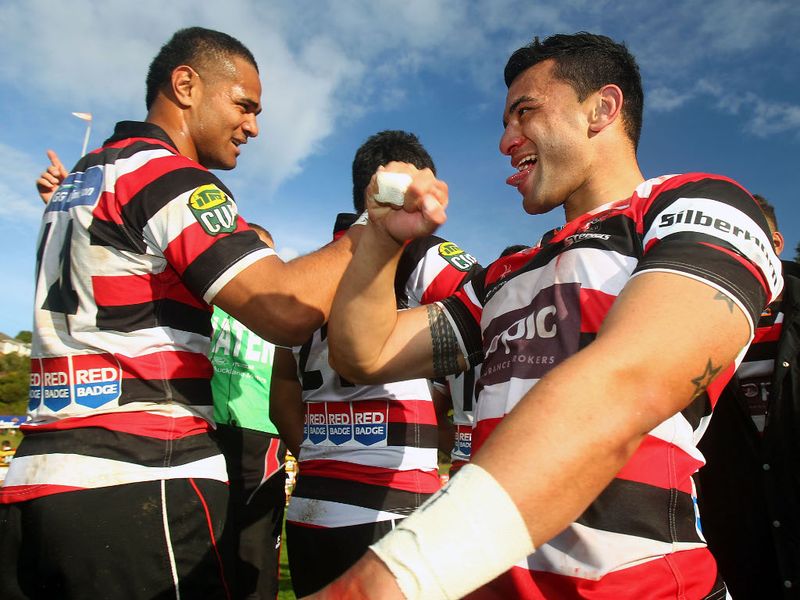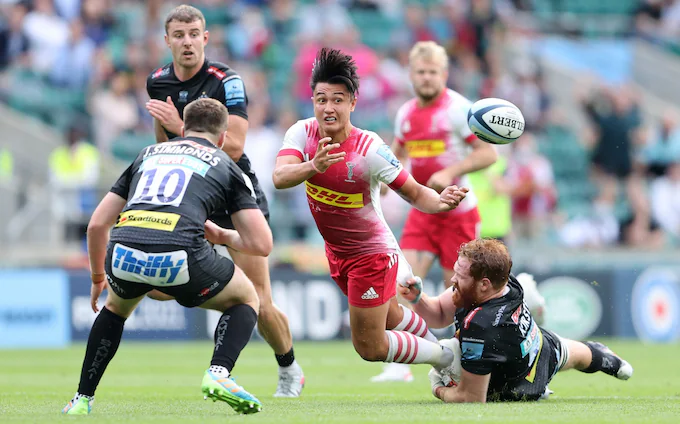Rugby Rulers Ignore the Game Marvellous Heritage at Their Peril
Some of us traveled to the past on weekends. There were no Doctor Who-style TARDIS involved, just an easyJet flight (beware of the small hand luggage regulations) to Scotland for a meeting of old student friends. It was a lot of fun and, apart from some unbound ones, reassuring to discover how little people have changed in the 40 or so years since we met in Edinburgh’s stylish-OK – lounges, lounge bars and spud-U-like boutiques in the 1980s.
And because it was a beautiful Saturday afternoon and we wanted to remember our former athletic self, some of us decided to stroll down the street and attend a club rugby game. Heriots V Watsonians play control notes-the sprint of THE fosroc Super Series. Sitting behind the bars of Goldenacre, with the sun and the old Edinburgh skyline sparkling in the distance, the evocative old place seemed to be really aptly named. We all enjoyed the day very much.

Coincidentally, Scotland head coach Gregor Townsend was also there, watching his 22–year-old son Christian play for Heriot’s at fullback.And as we huddled in the club room for a mutton pie – £2, don’t look too closely at the filling – it was impossible to miss the sheer number of framed photos of former Scottish internationalists hanging on the wall. You know you’re getting older when faces of a vaguely similar vintage are now dripping with sepia.
By chance, one of our numbers looked at a photo of her own grandfather. At that time, Dan Drysdale was one of the best full-backs of his time, a remarkable player for both Scotland and the British and Irish Lions. The Clem Thomas described Drysdale in his history of the British Lions as having “played wonderfully throughout his career as a full-back” on the 1924 tour of South Africa. The following year, in 1925, he was also a key member of the first Scottish team in history to win a grand Slam.

Almost exactly a century after, it was time to pay tribute to the legendary legend. Just like he did, a little further down the photo series to touch the (disappeared) toupee as a tribute to another shiny local side rear. Even in far-off rural England, some of us saw Andy Irvine as a towering sporting hero whose enduring enthusiasm for counter-actioning was among the world game’s most glorious locales. It got to the point where my adolescent mind wondered if “heriots FP” represented “fabulous players” rather than “alumni”.
Remarkably, another famous rude defender, Ken Scotland, was trained in the same institution, which makes the line even more impressive. People were talking about whistling mines in northern England for fast bowlers or monitoring the production line at Max boyce’s Welsh half-fly factory. If there’s a Scottish equivalent for outside backs, it’s in a well-hit punt from Edinburgh’s Royal Botanic Garden.

Which posed a slightly broader question. If heriot’s jersey #15 is among the most mythical British and Irish club jerseys, what other garments deserve to be included in the ultimate kitbag? Cardiff’s sapphire and black number 9 should definitely be in the frame, with Gareth Edwards and Terry Holmes being just two of the distinguished alumni who have worn them. How about the red Munster no 10 jersey, memorably worn by Tony Ward and Ronan O’Gara, among others? Or the sapphire Leinster jersey No. 13, always synonymous with Brian O’Driscoll?
There are significantly more contenders, just as there are countless old stadiums inhabited by the ghosts of rugby’s past. For example, when you pass by Redruth, pay homage to “Hellfire Corner” and imagine the menacing studs of the wild Cornish packs of Yesteryear hitting at you. Or, alternatively, stay in the Kingsholm hangar for a while and imagine those cold, dark evenings when strikers Cherry & White ate innocent Oxbridge halfbacks for tea, shouted at by home fans, who in many matters considered a trip to Cheltenham an exotic day.




Post Comment